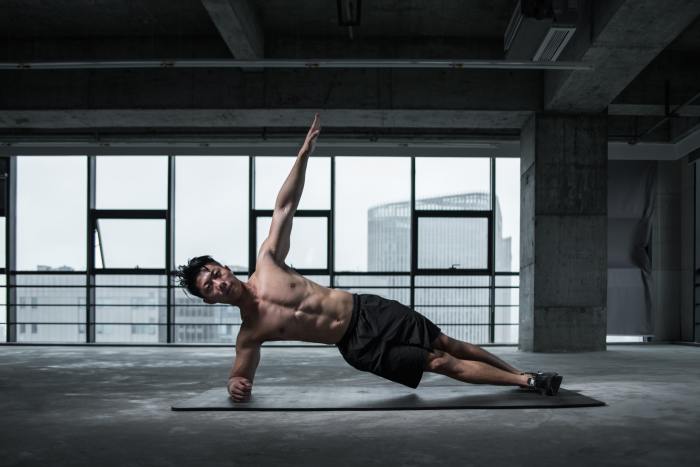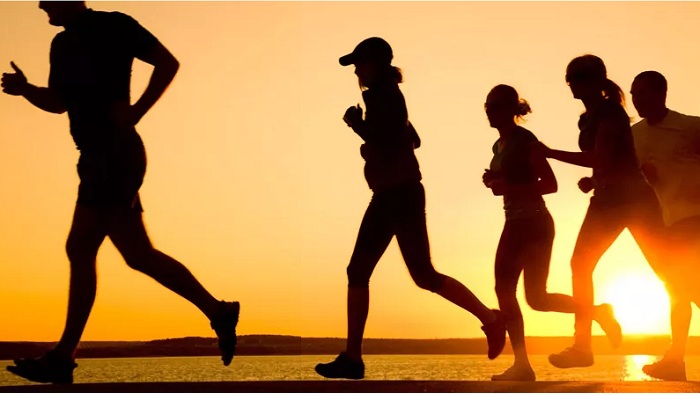Pancakes cooking on a griddle physical or chemical – Cooking pancakes on a griddle is a culinary art that involves both physical and chemical transformations. From the moment the batter hits the hot surface to the final golden-brown product, a series of fascinating processes unfold, shaping the texture, flavor, and appearance of these beloved breakfast treats.
This in-depth exploration delves into the science behind pancake cooking, examining the role of heat transfer, chemical reactions, and griddle properties in creating the perfect pancake.
Cooking Pancakes on a Griddle: Physical and Chemical Changes

Cooking pancakes on a griddle involves a complex interplay of physical and chemical changes that result in the transformation of raw batter into a fluffy, golden-brown delicacy. Understanding these processes is crucial for achieving perfectly cooked pancakes every time.
Cooking Process on a Griddle
When batter is poured onto a preheated griddle, it undergoes a series of physical and chemical changes:
- Heat transfer:The griddle transfers heat to the batter, causing it to cook from the bottom up.
- Evaporation:Water in the batter evaporates, creating steam that causes bubbles to form.
- Maillard reaction:Sugars in the batter react with amino acids, producing a characteristic brown color and savory flavor.
Physical Changes
As pancakes cook, they undergo several physical changes:
- Texture:The raw batter transforms into a firm, fluffy texture.
- Shape:The pancake spreads out on the griddle, forming a round or oval shape.
- Volume:The pancake rises and increases in volume as steam expands within the batter.
Chemical Changes
The cooking process also involves several chemical reactions:
- Starch gelatinization:Starch in the flour absorbs water and swells, forming a gel that gives pancakes their structure.
- Protein coagulation:Proteins in the flour and eggs coagulate, solidifying the pancake.
- Production of carbon dioxide:Baking powder reacts with acids in the batter to produce carbon dioxide gas, which creates bubbles and makes the pancakes fluffy.
Griddle Properties
The material and surface of the griddle play a significant role in pancake cooking:
- Heat distribution:A griddle with even heat distribution ensures that pancakes cook evenly.
- Temperature control:Precise temperature control is essential for preventing pancakes from burning or undercooking.
- Non-stick surface:A non-stick surface prevents pancakes from sticking to the griddle.
Cooking Techniques, Pancakes cooking on a griddle physical or chemical
Mastering the following techniques is key to achieving perfect pancakes:
- Temperature regulation:Use a thermometer to ensure the griddle is at the correct temperature (typically 375-400°F).
- Flipping:Flip the pancakes once bubbles form around the edges and the center is set.
- Timing:Cook the pancakes for the recommended amount of time to prevent burning or undercooking.
Pancake Variations
The versatility of pancakes allows for countless variations:
- Different flours:Experiment with different flours, such as whole wheat, buckwheat, or gluten-free flours.
- Fillings:Add fillings such as blueberries, chocolate chips, or nuts to the batter.
- Toppings:Serve pancakes with a variety of toppings, including butter, syrup, fruit, or whipped cream.
Q&A: Pancakes Cooking On A Griddle Physical Or Chemical
What is the Maillard reaction?
The Maillard reaction is a chemical reaction between amino acids and reducing sugars that occurs during cooking, producing the characteristic brown color and flavors associated with pancakes and other browned foods.
Why do pancakes get bubbles?
Bubbles in pancakes are caused by the release of carbon dioxide gas, which is produced when baking powder reacts with heat and moisture. These bubbles create a light and fluffy texture.
How can I prevent my pancakes from burning?
To prevent pancakes from burning, use a non-stick griddle or lightly grease the surface with oil or butter. Cook over medium heat and adjust the temperature as needed.


